 The Complete Guide toWESTERN PLAINSGARDENINGTechniques for Growing Landscape & Garden Plants inMontana, Colorado, Wyoming, northern Kansas, Nebraska,North Dakota, South Dakota, southern Manitoba,southern Saskatchewan & southern Alberta by Lynn Steiner MINNEAPOLIS, MINNESOTA www.creativepub.com
The Complete Guide toWESTERN PLAINSGARDENINGTechniques for Growing Landscape & Garden Plants inMontana, Colorado, Wyoming, northern Kansas, Nebraska,North Dakota, South Dakota, southern Manitoba,southern Saskatchewan & southern Alberta by Lynn Steiner MINNEAPOLIS, MINNESOTA www.creativepub.com 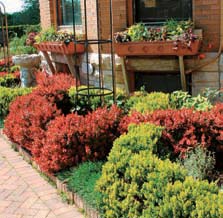
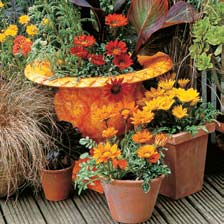
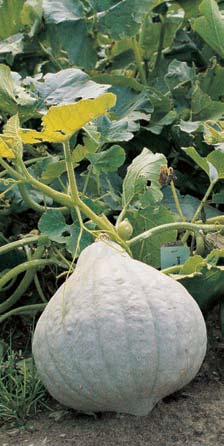 CONTENTS THE COMPLETE GUIDE TO WESTERN PLAINS GARDENING
CONTENTS THE COMPLETE GUIDE TO WESTERN PLAINS GARDENING 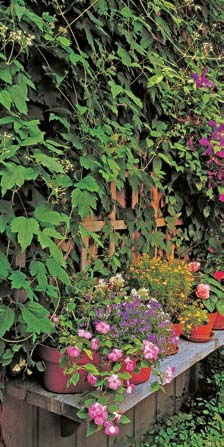
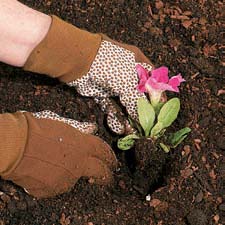
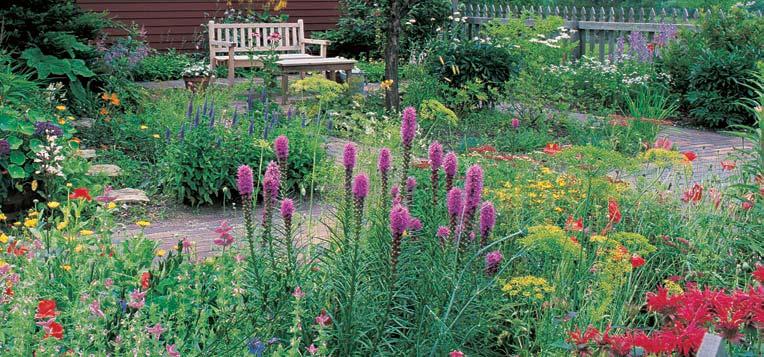 CONTENTS Continued
CONTENTS Continued
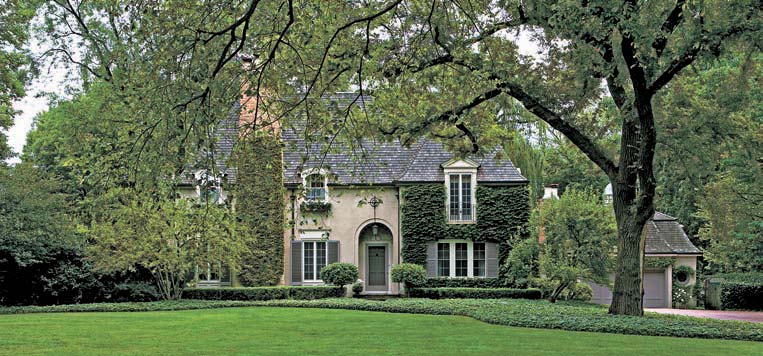

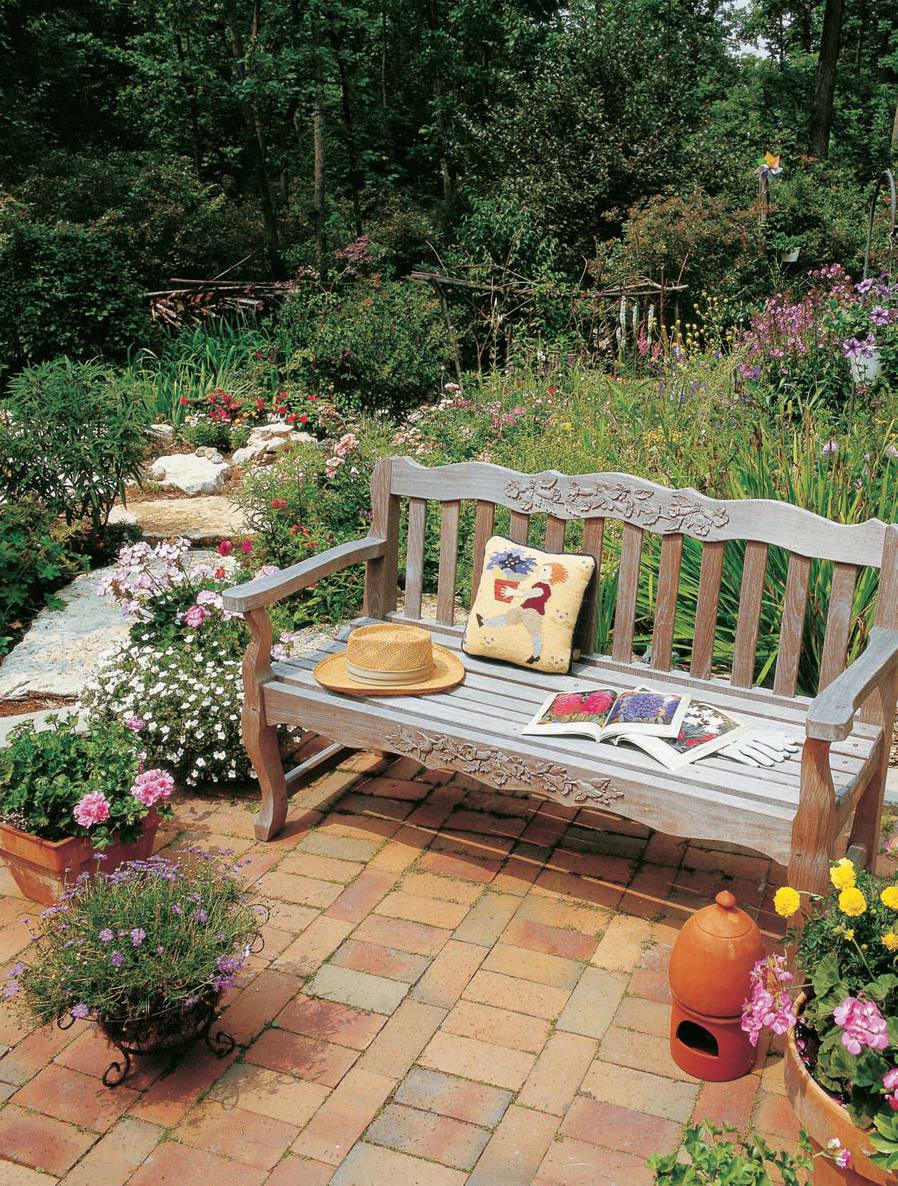 Just like North America is made up of many diff erent types of people, it is also made up of many diff erent plant-growing regions. And just as you can often tell where a person comes from by the way they dress, speak, or act, you can often tell where a plant comes from by the way it looks and how it grows. This book is all about celebrating the region where you live and enjoying the unique gardening opportunities it has to off er. Youll fi nd many benefi ts to be reaped from tending a home garden. Not only will you add beauty to your landscape and neighborhood, you will increase the value of your property and improve your quality of life. Gardening allows you to mix relaxation with benefi cial outdoor activity while providing an outlet to relieve stress.
Just like North America is made up of many diff erent types of people, it is also made up of many diff erent plant-growing regions. And just as you can often tell where a person comes from by the way they dress, speak, or act, you can often tell where a plant comes from by the way it looks and how it grows. This book is all about celebrating the region where you live and enjoying the unique gardening opportunities it has to off er. Youll fi nd many benefi ts to be reaped from tending a home garden. Not only will you add beauty to your landscape and neighborhood, you will increase the value of your property and improve your quality of life. Gardening allows you to mix relaxation with benefi cial outdoor activity while providing an outlet to relieve stress.
When you add vegetables and herbs to your garden, you will also reap the additional health benefi ts you get from growing your own food. In addition to providing you with a place to relax and spend time with friends and family, your garden can also help preserve part of your regions plant heritage. When populated with regional plants, your gardens will provide food and habitat for native fauna, especially benefi cial insects and birds and butterfl ies. Native pollinating insects rely on regional plants for food and nectar, and gardens are becoming more and more important in this process as natural plant habitats are lost. This book is intended for anyone who wants to take a more regional approach to his or her gardening. Maybe youve just purchased your fi rst house and you are looking to spruce it up.
Maybe youre fi nally ready to make the commitment to growing your own food and want to know how to get started. Maybe youre looking to install your fi rst perennial border. Or maybe youve inherited an overgrown landscape and need to know how to get it back in shape. Whether you garden a tiny city lot or a sprawling country estate, youll fi nd this book is just what you need to get started and to sharpen your skills. The pages are packed with practical information and hundreds of step-by-step photos to take you through the basic techniques involved in all major aspects of gardening. The information is designed to help you become a responsible and sustainable gardener so you can complement your natural surroundings.
Priority is put on choosing the right plant for the right place so you can reduce or eliminate your need for chemical fertilizers, pesticides, and watering, as well as on choosing plants that are benefi cial to native pollinating insects and birds. A B O U T T H I S B O O K 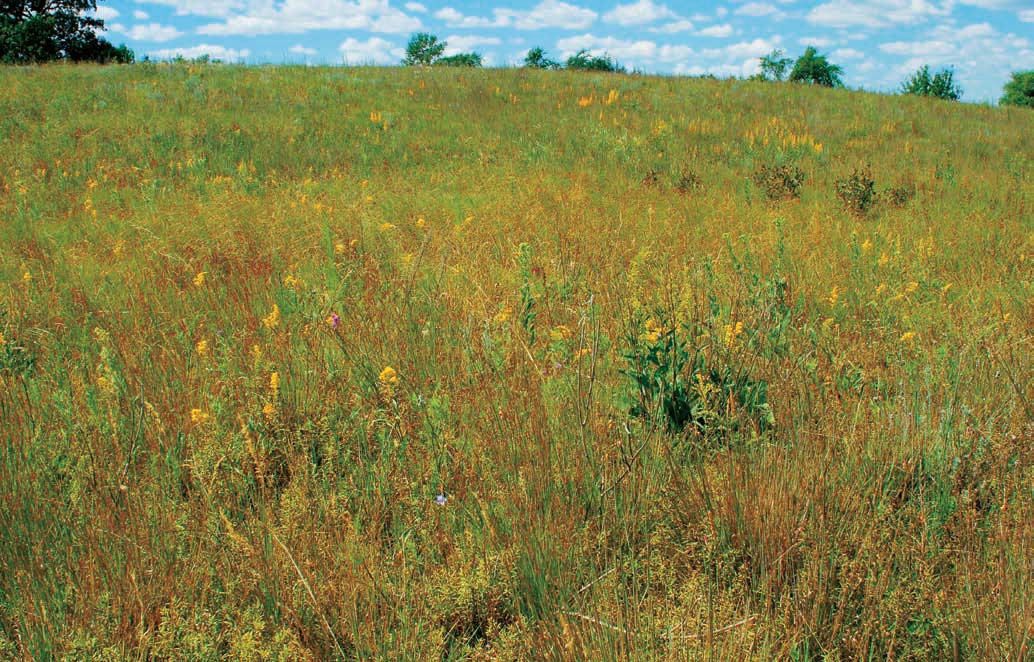 The Western Plains and south-central Canada were once home to sunny, open prairies with scattered woodlands found along rivers and lakes. In between was a mosaic of plant communities, including savannas, barrens, buttes, rolling foothills, rocky outcrops, and many types of water features, ranging from trickling streams and small ponds to rushing rivers. All of these habitats provide inspiration for gardeners in this area to celebrate their plant heritage and create special places of their own places where they feel comfortable, surrounded by plants refl ecting their heritage and the people who have come before them. The climate of this region is semi-arid, with wide ranges and extremes in temperature and steady, sometimes intense, winds. Soils tend to be sandy and alkaline.
The Western Plains and south-central Canada were once home to sunny, open prairies with scattered woodlands found along rivers and lakes. In between was a mosaic of plant communities, including savannas, barrens, buttes, rolling foothills, rocky outcrops, and many types of water features, ranging from trickling streams and small ponds to rushing rivers. All of these habitats provide inspiration for gardeners in this area to celebrate their plant heritage and create special places of their own places where they feel comfortable, surrounded by plants refl ecting their heritage and the people who have come before them. The climate of this region is semi-arid, with wide ranges and extremes in temperature and steady, sometimes intense, winds. Soils tend to be sandy and alkaline.
Snow cover helps insulate plants so they are able to survive harsh winters. These conditions defi nitely present some challenges for gardeners. Temperatures can dip to 30 or 40 degrees below zero, and the growing season is limited by late spring frosts and early fall cold snaps. The harsh, drying winds throughout the year can topple large trees and quickly dry out young plantings. By acknowledging these challenges and choosing plants that tolerate, and even thrive, in these conditions, you will be on your way toward a successful garden. Gardeners in the Western Plains and south-central Canada have four distinct This regions unique climate, seasons to contend with.
Each year, the welcome new growth of spring glides into lush geography, and natural features make it a special place to tend a summer gardens fi lled with a brash show of color. Fall brings a more diff used color plot of land. T H E C O M P L E T E G U I D E T O W E S T E R N P L A I N S G A R D E N I N G 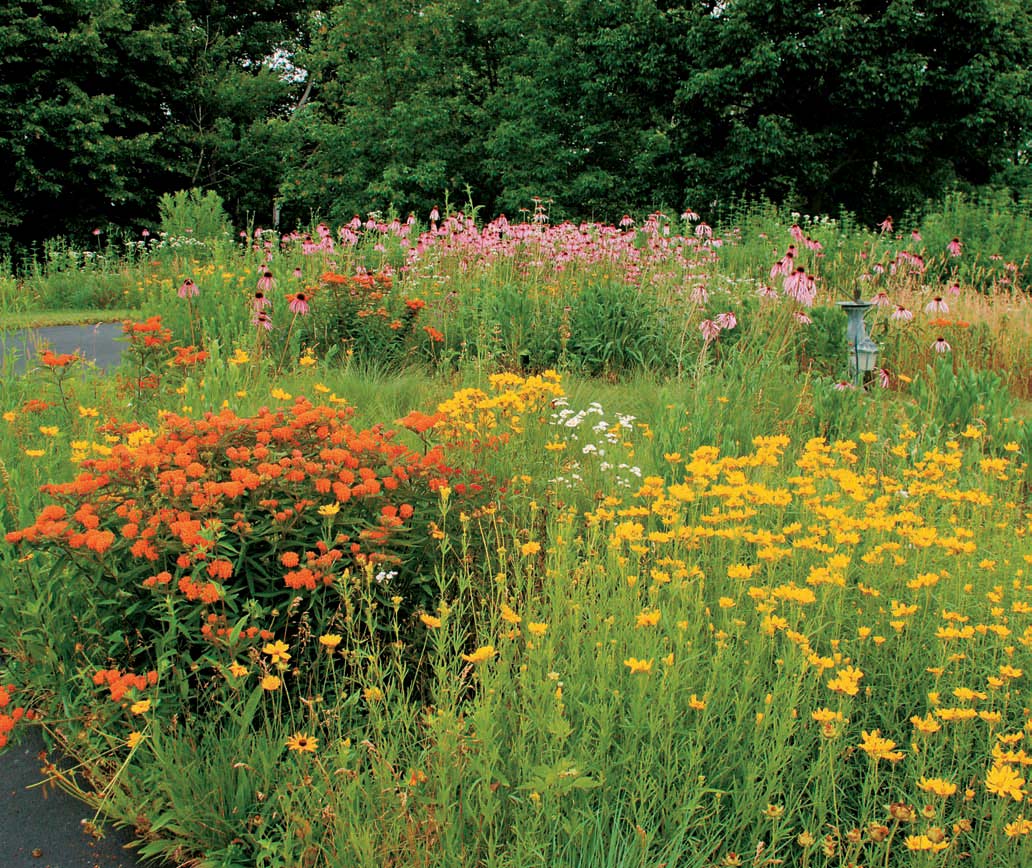 Capitalize on the beauty of the paletteone last gasp before the subtlety of winter returns. Gardening heightens our Western Plains and south-central Ontario and use native plants to awareness of these seasons and allows us to experience them in all their glory in our their best advantage. Many native own yards. lifestyle. lifestyle.
Capitalize on the beauty of the paletteone last gasp before the subtlety of winter returns. Gardening heightens our Western Plains and south-central Ontario and use native plants to awareness of these seasons and allows us to experience them in all their glory in our their best advantage. Many native own yards. lifestyle. lifestyle.
Plants included in this book were chosen based on their suitability for the climate of the Western Plains and south-central Canada, their availability at local garden centers, and their low maintenance. Many of them are native plants that have evolved in the same growing conditions, and most are resistant to insect and disease problems and adapted to natural rainfall amounts. Many also provide important pollen and food sources for native insects and birds. A B O U T T H I S B O O K 
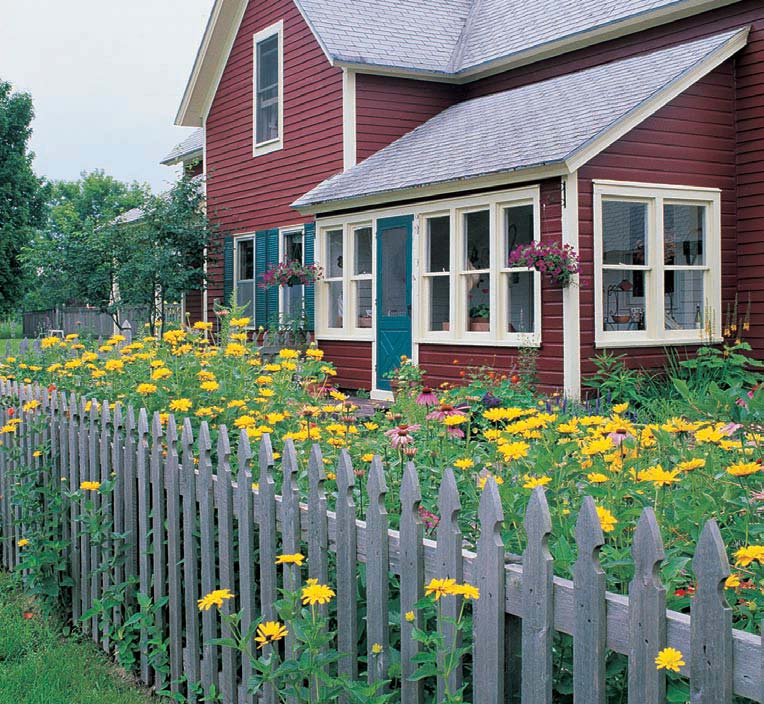 Its important to have fun in your garden. There are no hard-and-fast rules in gardening. Experiment to learn what works best for you and your lifestyle.
Its important to have fun in your garden. There are no hard-and-fast rules in gardening. Experiment to learn what works best for you and your lifestyle.
Next page

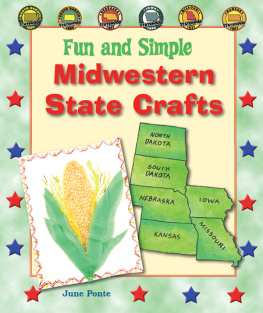
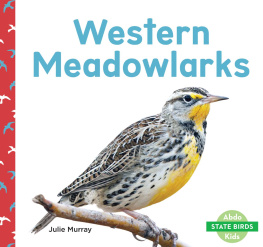
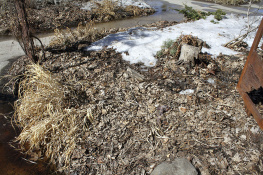
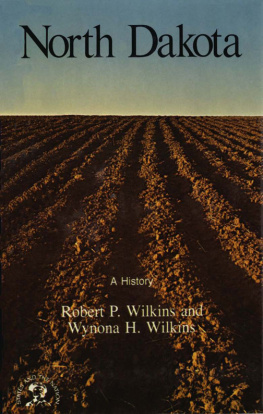
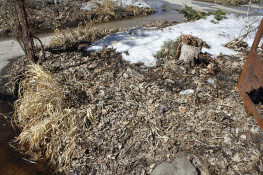

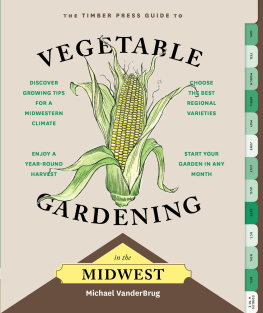
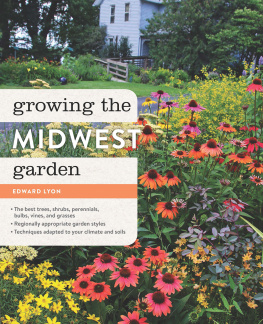
 The Complete Guide toWESTERN PLAINSGARDENINGTechniques for Growing Landscape & Garden Plants inMontana, Colorado, Wyoming, northern Kansas, Nebraska,North Dakota, South Dakota, southern Manitoba,southern Saskatchewan & southern Alberta by Lynn Steiner MINNEAPOLIS, MINNESOTA www.creativepub.com
The Complete Guide toWESTERN PLAINSGARDENINGTechniques for Growing Landscape & Garden Plants inMontana, Colorado, Wyoming, northern Kansas, Nebraska,North Dakota, South Dakota, southern Manitoba,southern Saskatchewan & southern Alberta by Lynn Steiner MINNEAPOLIS, MINNESOTA www.creativepub.com 

 CONTENTS THE COMPLETE GUIDE TO WESTERN PLAINS GARDENING
CONTENTS THE COMPLETE GUIDE TO WESTERN PLAINS GARDENING 

 CONTENTS Continued
CONTENTS Continued


 Just like North America is made up of many diff erent types of people, it is also made up of many diff erent plant-growing regions. And just as you can often tell where a person comes from by the way they dress, speak, or act, you can often tell where a plant comes from by the way it looks and how it grows. This book is all about celebrating the region where you live and enjoying the unique gardening opportunities it has to off er. Youll fi nd many benefi ts to be reaped from tending a home garden. Not only will you add beauty to your landscape and neighborhood, you will increase the value of your property and improve your quality of life. Gardening allows you to mix relaxation with benefi cial outdoor activity while providing an outlet to relieve stress.
Just like North America is made up of many diff erent types of people, it is also made up of many diff erent plant-growing regions. And just as you can often tell where a person comes from by the way they dress, speak, or act, you can often tell where a plant comes from by the way it looks and how it grows. This book is all about celebrating the region where you live and enjoying the unique gardening opportunities it has to off er. Youll fi nd many benefi ts to be reaped from tending a home garden. Not only will you add beauty to your landscape and neighborhood, you will increase the value of your property and improve your quality of life. Gardening allows you to mix relaxation with benefi cial outdoor activity while providing an outlet to relieve stress. The Western Plains and south-central Canada were once home to sunny, open prairies with scattered woodlands found along rivers and lakes. In between was a mosaic of plant communities, including savannas, barrens, buttes, rolling foothills, rocky outcrops, and many types of water features, ranging from trickling streams and small ponds to rushing rivers. All of these habitats provide inspiration for gardeners in this area to celebrate their plant heritage and create special places of their own places where they feel comfortable, surrounded by plants refl ecting their heritage and the people who have come before them. The climate of this region is semi-arid, with wide ranges and extremes in temperature and steady, sometimes intense, winds. Soils tend to be sandy and alkaline.
The Western Plains and south-central Canada were once home to sunny, open prairies with scattered woodlands found along rivers and lakes. In between was a mosaic of plant communities, including savannas, barrens, buttes, rolling foothills, rocky outcrops, and many types of water features, ranging from trickling streams and small ponds to rushing rivers. All of these habitats provide inspiration for gardeners in this area to celebrate their plant heritage and create special places of their own places where they feel comfortable, surrounded by plants refl ecting their heritage and the people who have come before them. The climate of this region is semi-arid, with wide ranges and extremes in temperature and steady, sometimes intense, winds. Soils tend to be sandy and alkaline. Capitalize on the beauty of the paletteone last gasp before the subtlety of winter returns. Gardening heightens our Western Plains and south-central Ontario and use native plants to awareness of these seasons and allows us to experience them in all their glory in our their best advantage. Many native own yards. lifestyle. lifestyle.
Capitalize on the beauty of the paletteone last gasp before the subtlety of winter returns. Gardening heightens our Western Plains and south-central Ontario and use native plants to awareness of these seasons and allows us to experience them in all their glory in our their best advantage. Many native own yards. lifestyle. lifestyle.
 Its important to have fun in your garden. There are no hard-and-fast rules in gardening. Experiment to learn what works best for you and your lifestyle.
Its important to have fun in your garden. There are no hard-and-fast rules in gardening. Experiment to learn what works best for you and your lifestyle.